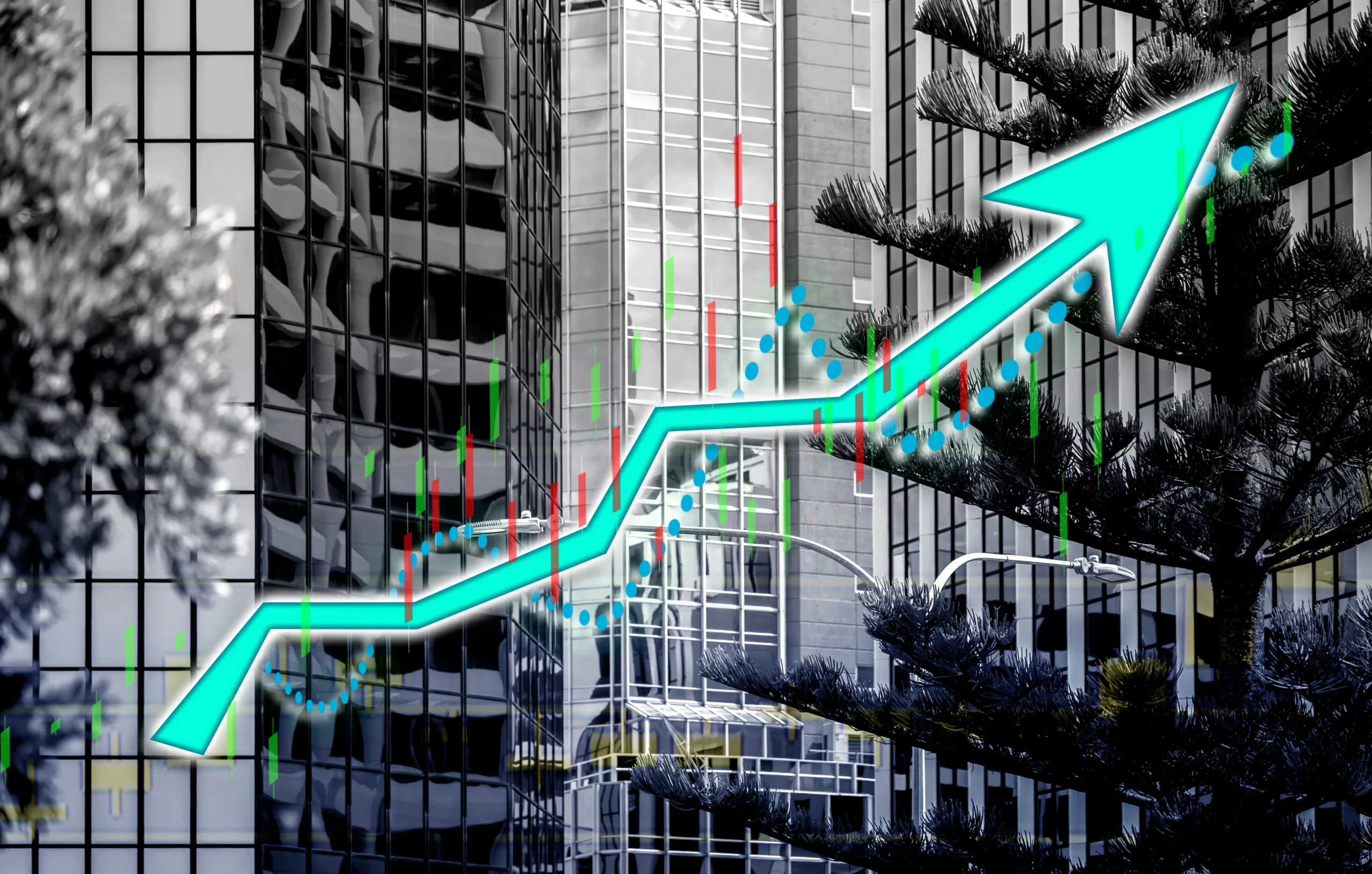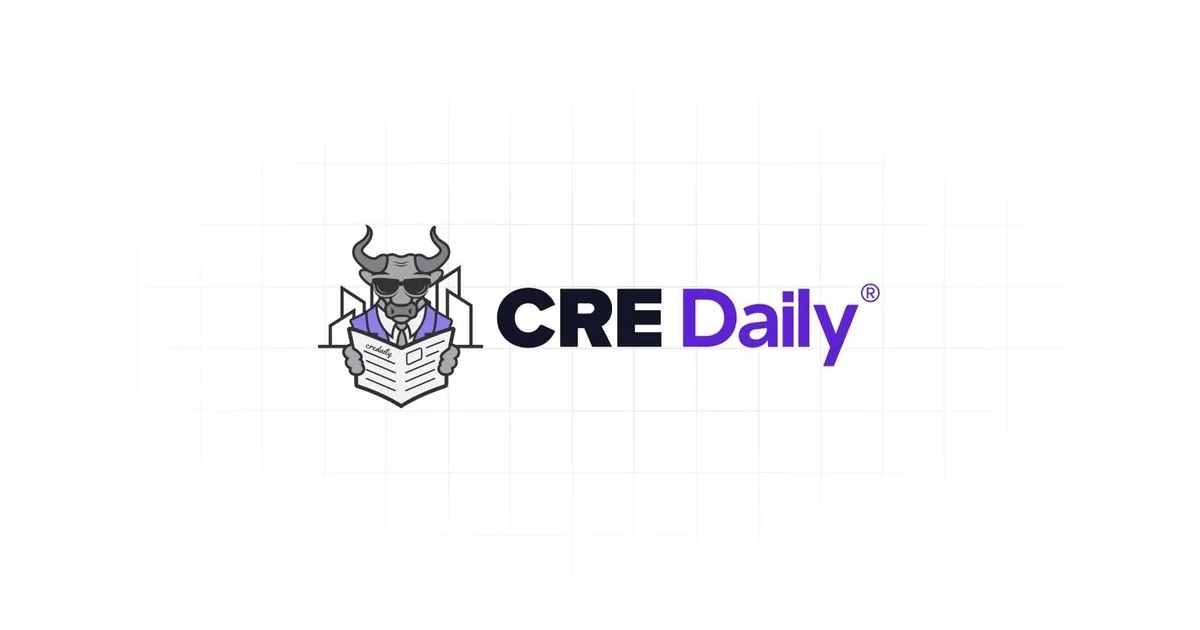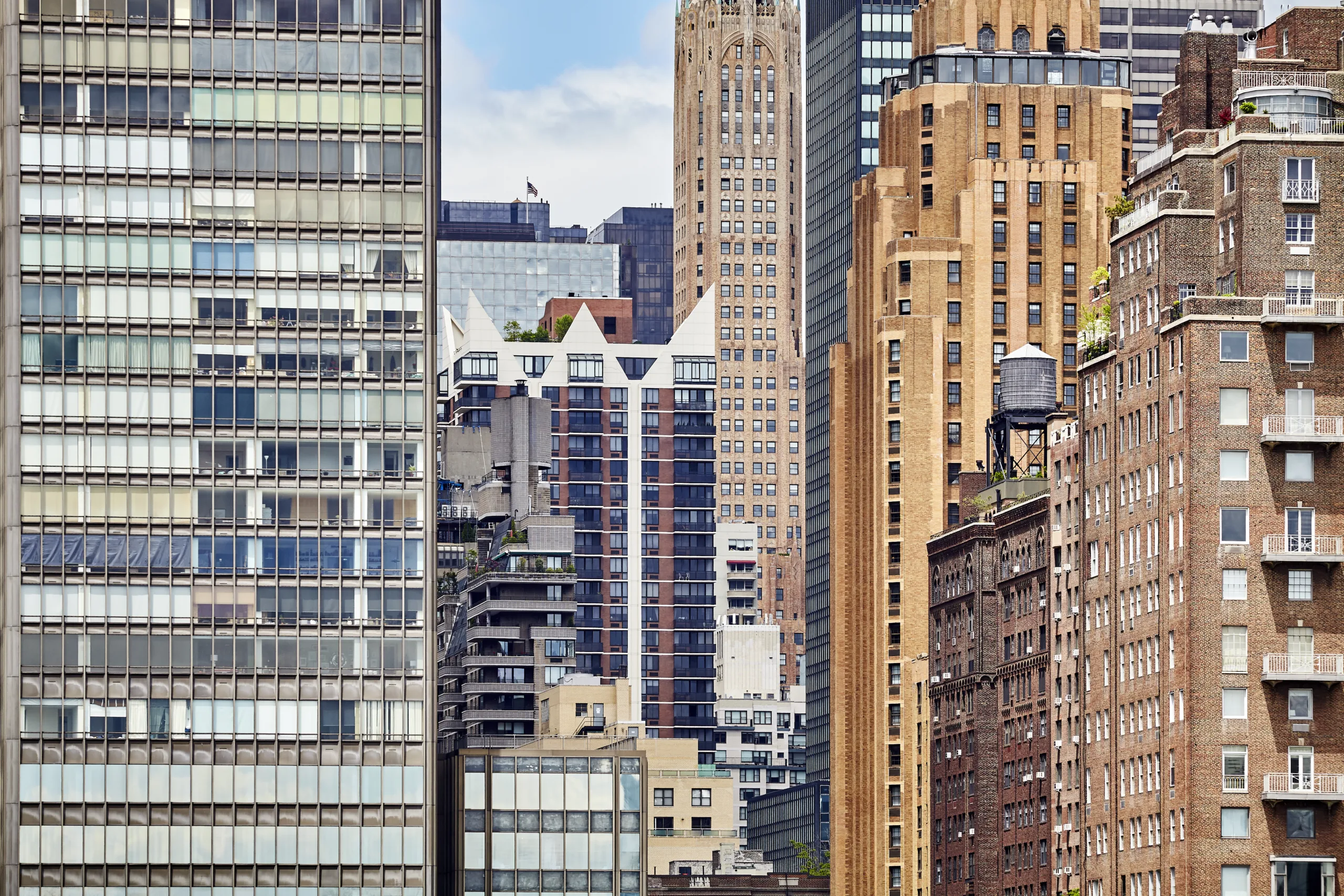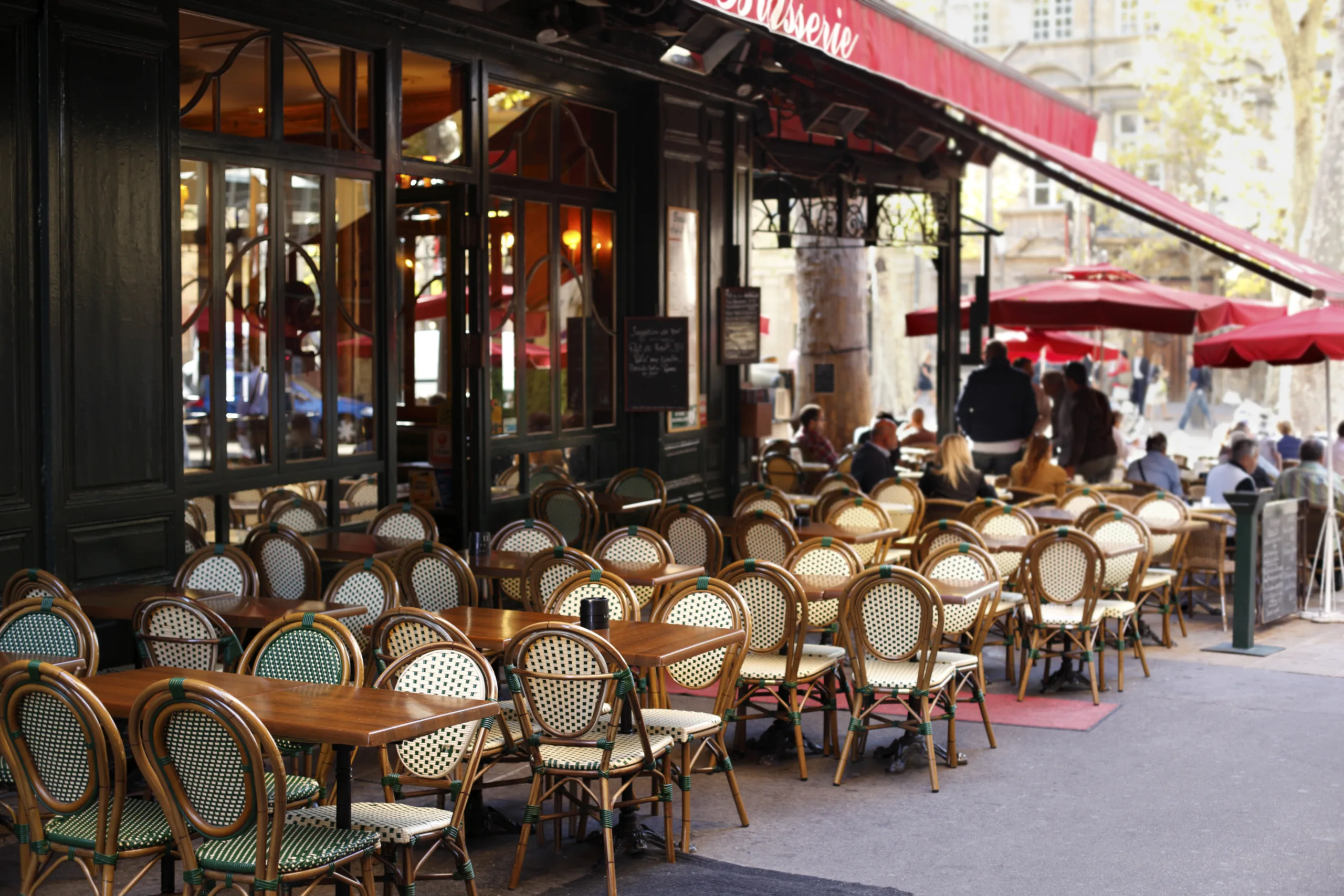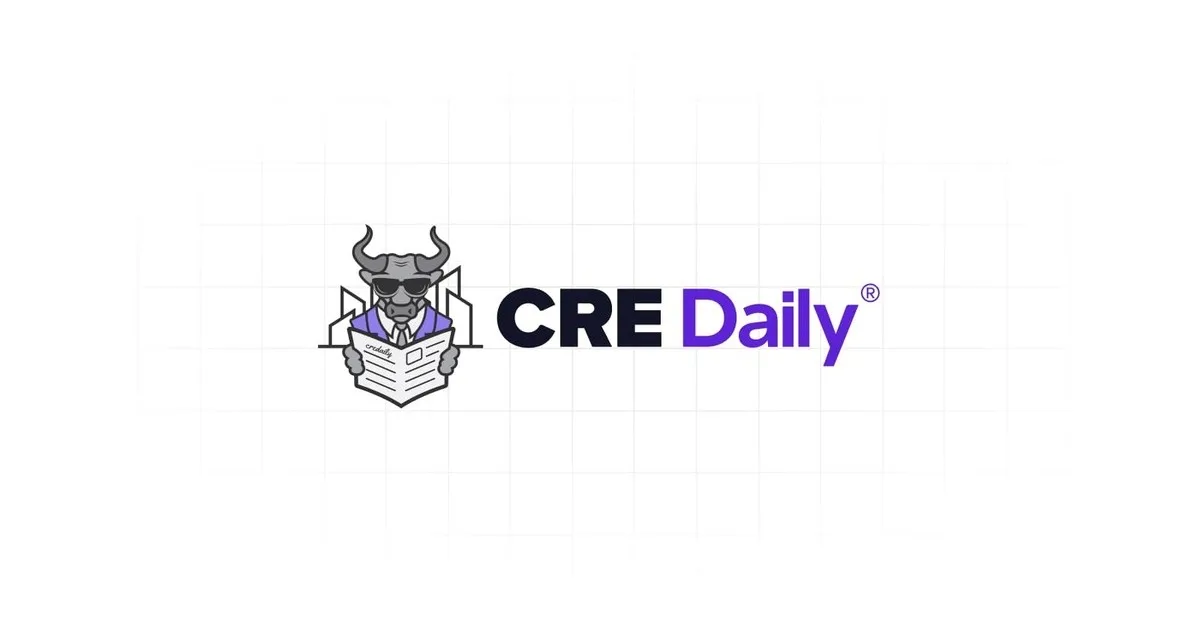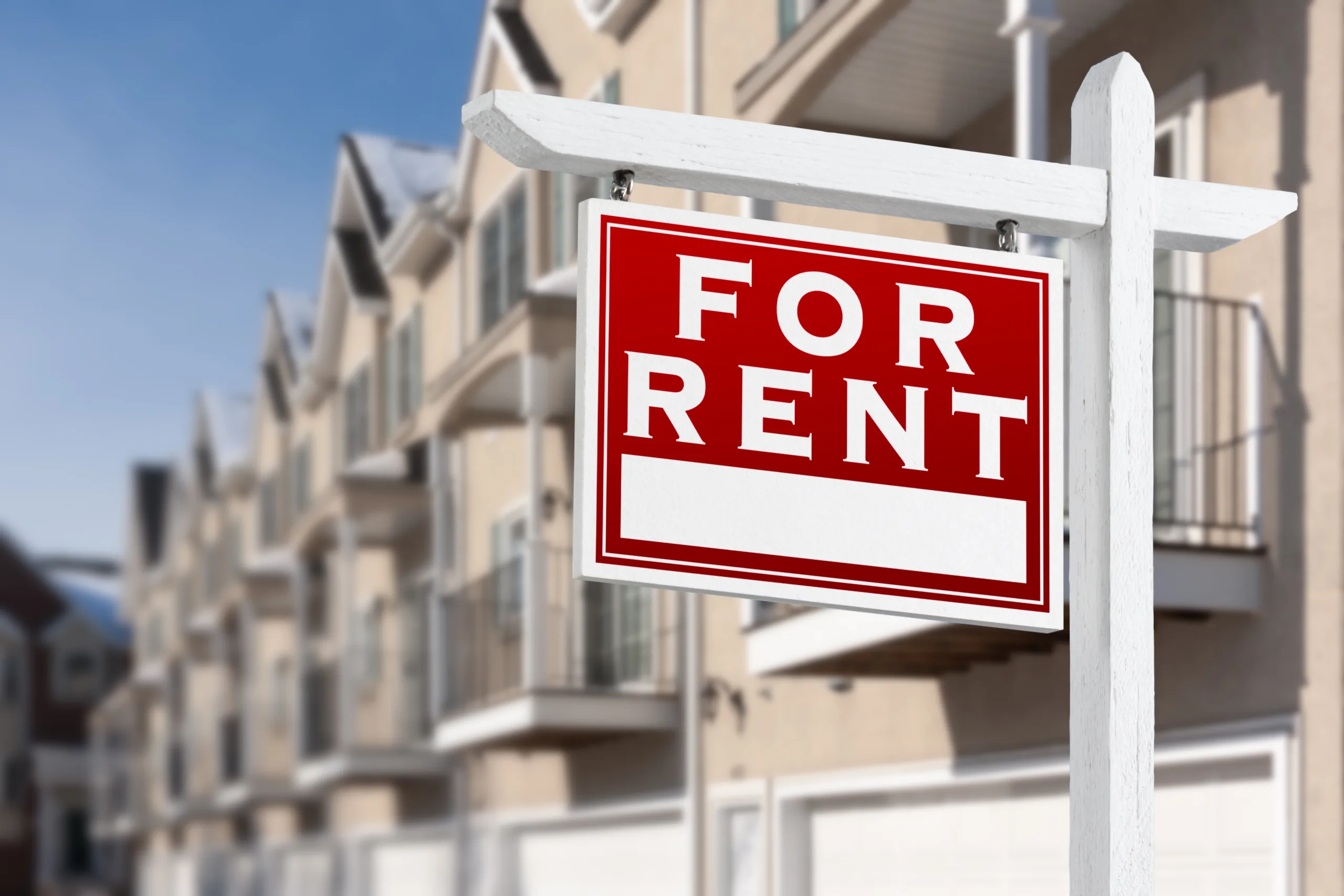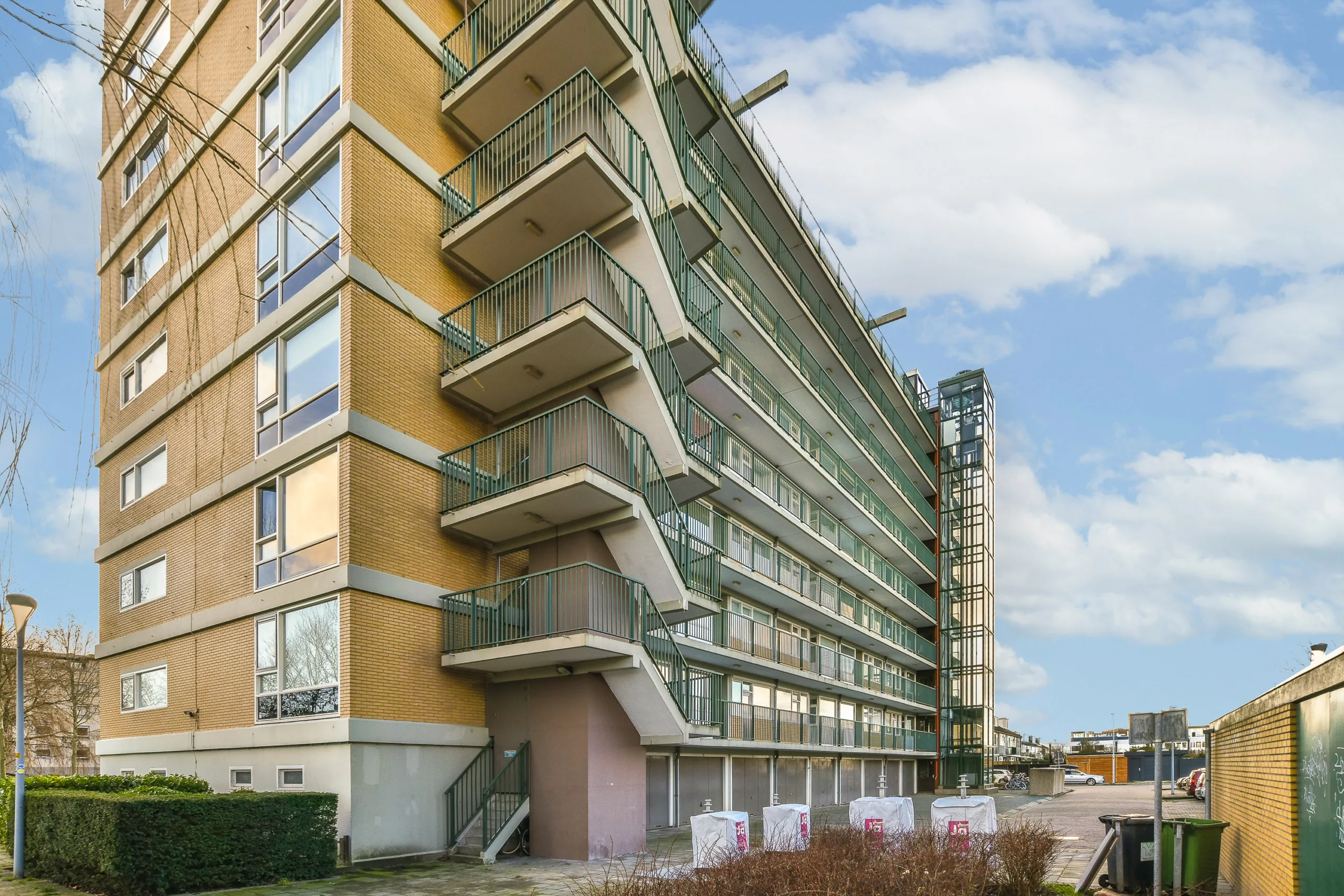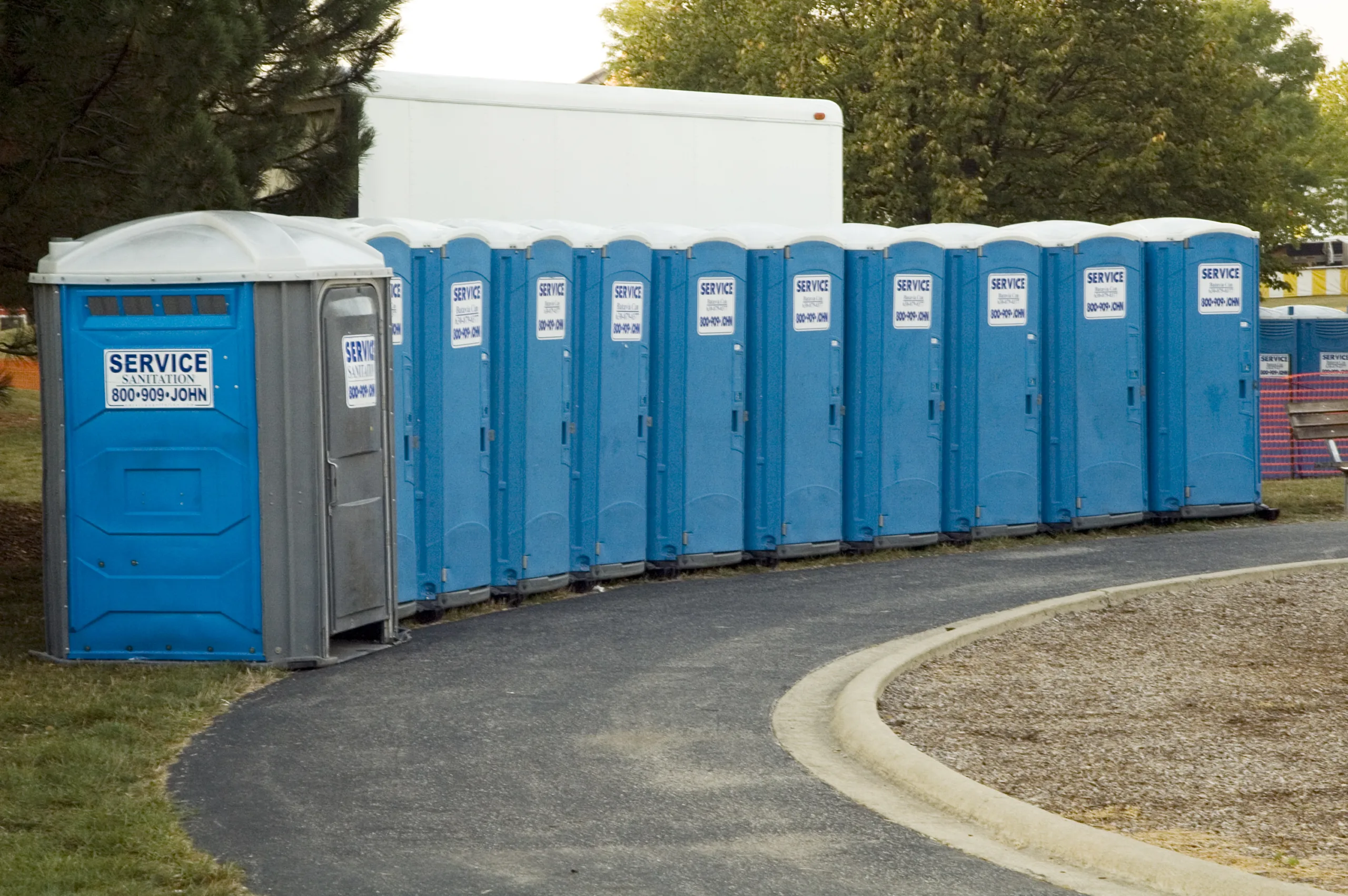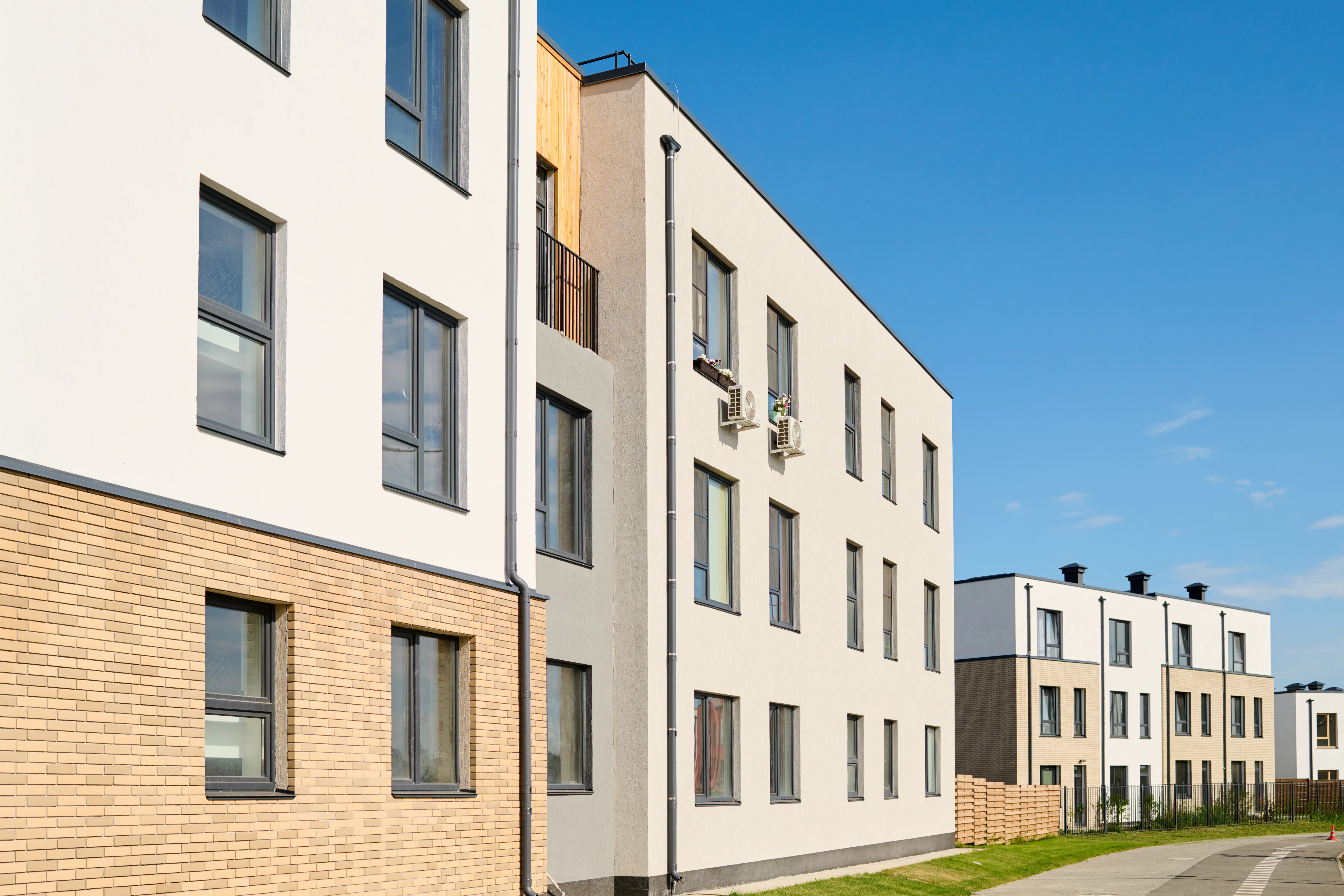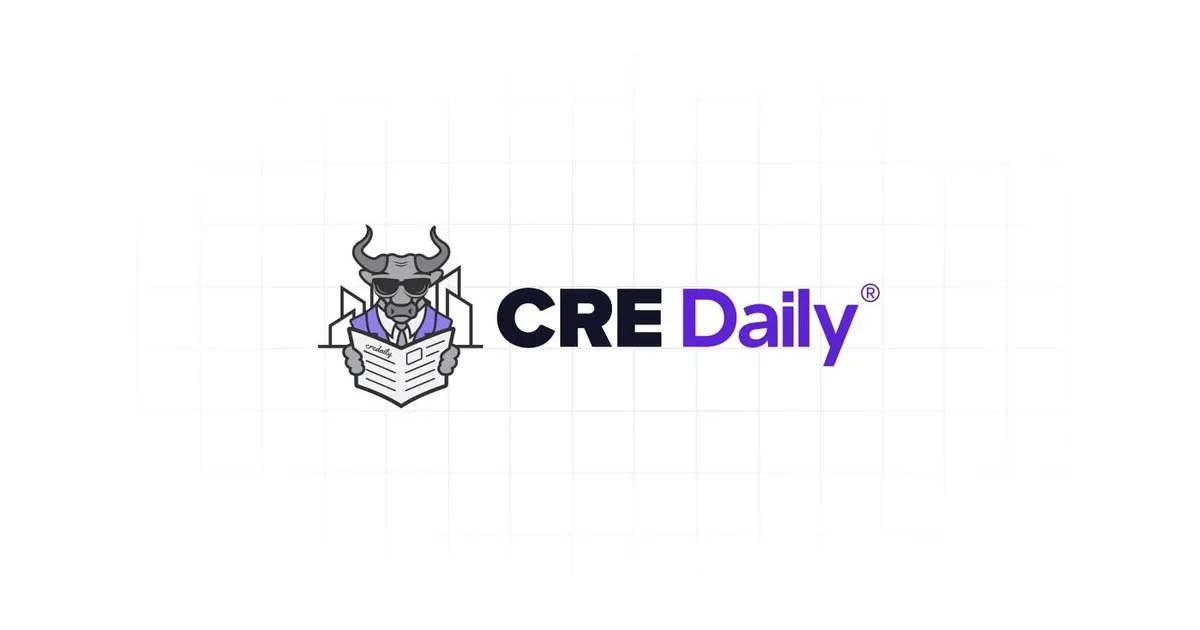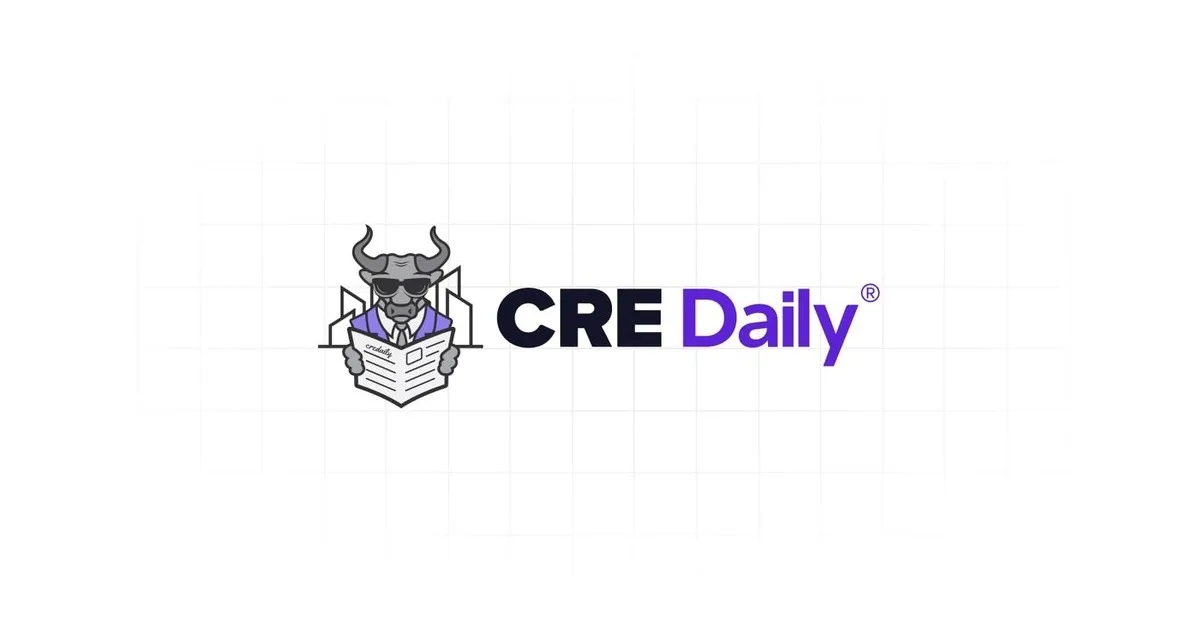- Cap rates vary widely across national restaurant brands, reflecting investor sensitivity to credit quality and lease structure.
- IHOP leads in stability, with tight cap rates around 6.65% driven by strong corporate backing and consistent sales.
- Higher yields for riskier brands like Red Lobster and Hooters indicate growing caution around private ownership and non-traditional lease terms.
- Investor focus is shifting toward predictable income streams, favoring long-term, corporately backed leases over higher-yield but riskier deals.
IHOP
Among national net lease tenants, IHOP stands out as a model of consistency, reports GlobeSt. Properties are trading around an average cap rate of 6.65%, with some deals closing as low as 5%. This reflects the brand’s stable in-store performance and strong national footprint. Modest 5.1% rent bumps every five years also contribute to tighter cap rates. Sales prices hover near $2.3M, indicating reliable investor demand despite rising interest rates.
Higher Yields, Higher Risk
Chili’s assets tend to command higher rent—around $168K annually—and typically sell with cap rates in the 6.2% to 8.1% range. While the brand benefits from solid sales and corporate guarantees, buyers expect more yield to offset concerns about building size and lease duration.
Meanwhile, Red Lobster properties exhibit the highest cap rates in the casual dining category. Listings average 7.26%, with older or shorter-term leases exceeding 9%. Despite some high-dollar deals—like recent sales topping $5.8M—investors remain wary of the chain’s private ownership and lease obligations.
Get Smarter about what matters in CRE
Stay ahead of trends in commercial real estate with CRE Daily – the free newsletter delivering everything you need to start your day in just 5-minutes
Yield Hunters
Investors looking for stronger yields are increasingly targeting brands like Red Robin and Golden Corral.Red Robin trades between 6.15% and 7.7%, depending on lease terms and location. Golden Corral assets often exceed 7%, with some deals reaching 8% in 2024. The higher yields are driven by lease structures featuring larger building formats, buffet-style operations, and lower rent escalations.
Hooters stands out at the top of the yield curve, with cap rates in the 7%–10%+ range. Smaller store footprints and private ownership contribute to variability in both pricing and perceived risk, especially in secondary markets.
The Broader Picture
According to Mathews Real Estate Group, the cap rate gap across national restaurant tenants continues to reflect investor sensitivity to risk, credit, and lease security. Brands with long-term, corporate-backed leases—like IHOP—are being rewarded with tighter cap rates. In contrast, chains with greater operational uncertainty or private ownership see cap rates rise as investors demand higher yields to offset perceived risk.
As interest rates remain elevated, investors are leaning toward stable income streams, even if that means paying more upfront. This market shift is pushing sellers to reconcile higher yield expectations with buyer risk tolerance—a trend likely to continue as macroeconomic uncertainty persists.
